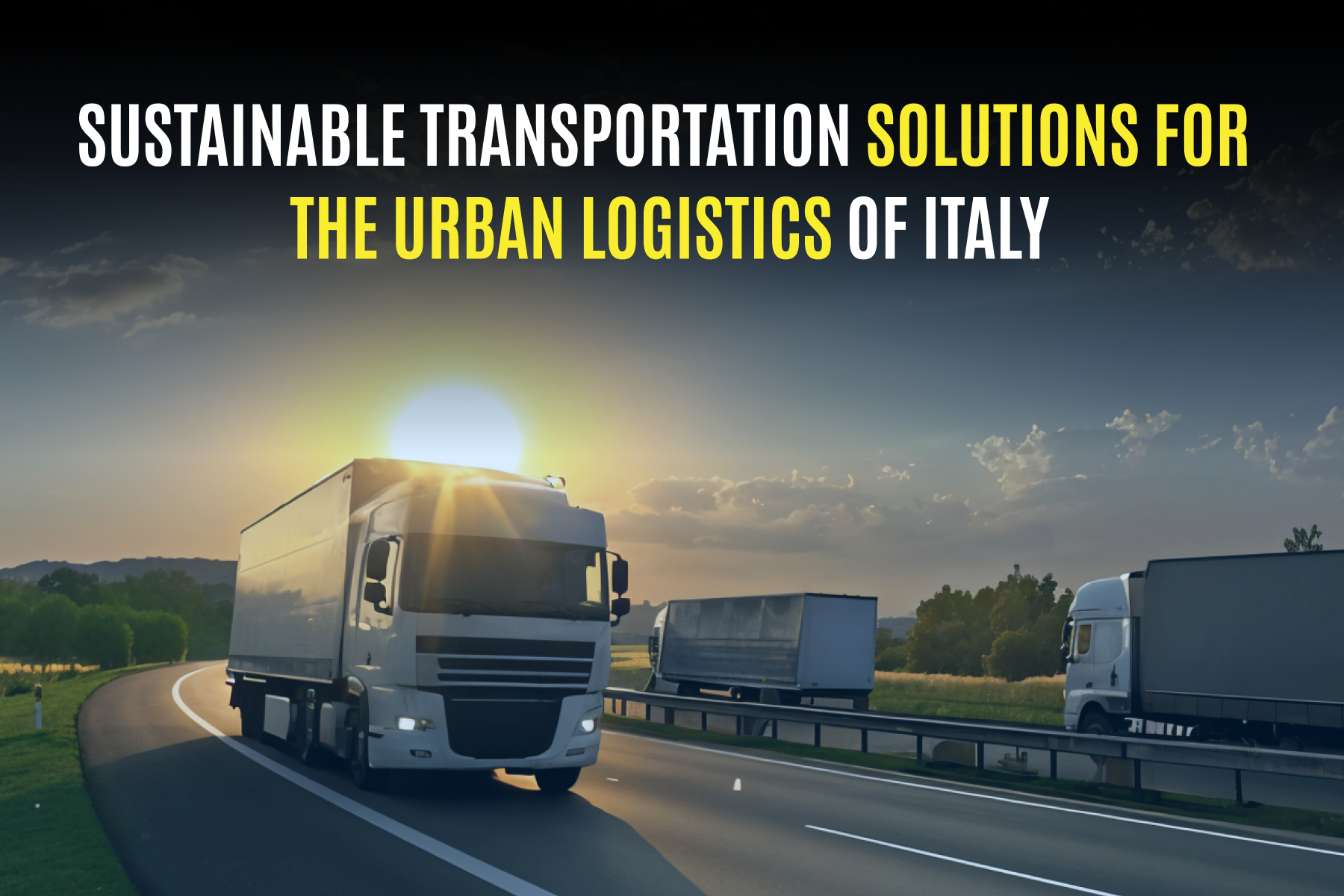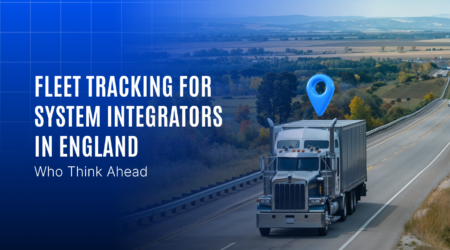Sustainable Transportation Solutions for the Urban Logistics of Italy

Urban logistics is at a turning point with cities across Europe, including Italy, looking to become more sustainable in transportation solutions. The electric vehicle market in Europe is expected to grow by an enormous amount-from USD 636.6 billion in 2029-with a compound annual growth rate (CAGR) of 18.85%. This rapid rate of adoption is a result mainly of passenger cars, with nations such as Germany leading these moves. It exemplifies a movement of reducing emission levels and further promoting urban mobility in cities like those in Italy, which now provides an excellent chance to correct ills associated with traffic congestion, carbon emission, and other inefficiencies connected to last-mile delivery through sustainable integration with innovative technologies for urban logistics.
Challenges of Urban Logistics in Italy
Italy’s cities, with their old architecture and narrow streets, pose unique logistical challenges. As e-commerce increases and more deliveries are anticipated, these are becoming increasingly serious challenges:
- Traffic Congestion
Traffic jams are often compounded during the rush hours in large cities like Rome, Milan, and Naples, where delivery vehicles account for a larger share of the traffic. This results in delays for deliveries, higher consumption of fuel, and increased operational costs. - Environmental Issues
Urban logistics have generated emission of air pollutants and greenhouse gases. As part of the green deal of the European Union, Italy aims at a reduction of carbon emissions by 55% in 2030. Without an active transition towards a more environmentally friendly transportation landscape, reaching these goals may still be a fallacy in the hard ground. - Ineffective Last-Mile Deliveries
The last mile of logistics operations is usually the most inefficient. Unplanned routes, traffic congestion, and failed delivery attempts increase unnecessary costs and strain on resources.
A Growing Focus on Sustainable Transport in Italy
Italy has long been a trendsetter for the adoption of sustainability practices in decreasing environmental impact and improving urban logistics. Moreover, it is sustained by government initiatives and creative innovations.
Government Initiatives
- Low Emission Zones (LEZ): In order to keep check on air pollution, Milan has implemented Low Emission Zones that bar vehicles with high emissions from the entrance.
- Electric Vehicle Incentives: Milan offers subsidies and tax benefits to companies, encouraging them to utilize electric vehicles in urban logistics.
- Smart City Projects: Milan’s Sharing Cities is one such initiative that integrates new mobility solutions into city planning and makes the urban landscape more sustainable.
- Fleet Electrification: The shifting of electric vehicles towards fewer emissions and fuel consumption.
- Urban Consolidation Centers: Central hubs to effectively consolidate delivery of goods to the last mile by reducing the number of vehicles used.
- Micro-Mobility Solutions: Bike couriers and electric scooters are increasingly employed for short-range deliveries in trafficked environments.
Technologies Driving Sustainability for Urban Logistics
Technological integration is essential in overcoming the challenges and optimizing urban logistics operations. Some of the key technological solutions that have contributed to sustainable transportation in Italy are listed below:
- Real-Time Fleet Monitoring
Real-time telematics provides companies with information about the location of the fleet, so they can make effective decisions and optimize their resources. This implies that operations run much more efficiently and downtime is held to a minimum. - Route Optimization
Smart systems help logistic enterprises plan their routes in a way that they will take less travel time based on congestion information, road conditions, and delivery priorities. This means less fuel burned and a guarantee of timelier deliveries. - Electric Vehicle Integration
Fleet management solutions now support the integration of electric vehicles. They provide insights into battery status, charging station locations, and energy consumption, thus making EV adoption more accessible for logistics companies. - Predictive Maintenance
IoT sensors monitor the health of the vehicle and predict possible maintenance issues. This reduces the possibility of a breakdown and ensures that vehicles run with maximum efficiency with minimal downtime. - Sustainability Reporting
Reporting instruments describe the finer details of fuel consumed, carbon emissions, and delivery efficiency. The reports help organizations achieve their sustainability targets by monitoring their performance and identifying inconsistencies.
Sustainable Urban Logistics Benefits
Sustainable transport solutions provide several benefits to businesses, the environment, and the general public.
1. Business Advantages
- Cost Savings: Optimized routes and potential savings through eco-driving will reduce consumption of fuel and maintenance.
- Improved Efficiency: These solutions provide real-time tracking and predictive analytics to streamline operations and enhance delivery performance.
- Brand Reputation: Green practices enhance brand image and attract clients and partners who are eco-conscious.
2. Environmental Advantages
- Lower Carbon Emissions: The use of electric vehicles and optimized logistics minimizes the carbon footprint in urban logistics.
- Cleaner Air Quality: Pollution through transportation is reduced as a whole, and cities become healthier places.
3. Societal Benefits
- Reliable Deliveries: Logistics becomes efficient, and this increases consumer delight through timely as well as accurate deliveries.
- Greener Urban Spaces: Reduced congestion and emissions create cleaner, more livable cities.
How Businesses Can Transition to Sustainable Transportation
The path to sustainable transportation may be complex, but through a step-by-step approach, businesses can easily integrate green practices into their logistics operations:
- Current Operations: Evaluate existing fleet performance, fuel consumption, and delivery efficiency.
- Advanced Technology: Invest in fleet management solutions that enable real-time tracking, route optimization, and sustainability reporting.
- Train Drivers and Staff: Educate teams on eco-friendly driving practices and the use of electric vehicles.
- Monitor Progress: Continuously monitor their key performance metric levels in terms of emissions, delivery times, and fuel efficiency to further improve them.

A Vision for Italy’s Urban Logistics
As Italy increasingly focuses on sustainable transportation due to greater awareness of greener urban environments, it seems set to benefit significantly from the widespread adoption of electric vehicles accompanied by sophisticated technological inputs. Italian cities will lead the nation toward maintaining sustainable logistics.
Businesses embracing these changes are not only helping their environment achieve targets but also increasing their competitive edge in changing market conditions. By reducing emissions, making deliveries more efficient, and respecting more environment-friendly practices, the future of urban logistics in Italy looks sustainable and promising.


